130 km W of Arusha. It is a long corridor of 100 km² between the lake and the escarpment of the Rift Valley. Sources of hot sulphurous water (maji moto). Lake Manyara is a shallow fresh-water lake in Tanzania. Said by Ernest Hemingway to be the “loveliest [lake] … in Africa,” it is also the home of a diverse set of landscapes and wildlife. The name “Manyara” comes from the Maasai word emanyara, which is a euphorbia species of plant that is grown into a hedge around a family homestead (Euphorbia tirucalli). Of the 127 square miles (329 km2) of Lake Manyara National Park, the lake’s alkaline waters cover approximately 89 square miles (231 km2).
While most known for baboons, the lake and its environs is also home to herbivores such as hippos, impalas, elephants, wildebeests, buffalo, warthogs and giraffes. Giant fig trees and mahogany seen in the groundwater forest immediately around the park gates draw nourishment from the underground springs replenished continuously from crater highlands directly above the Manyara basin. Leading away from the forest to the fringes of Lake Manyara are the flood plains. To the south are visible the acacia woodlands. Leopards, although in abundance, are hard to get a glimpse of, just like the other elusive carnivores – the lions – of this park. Lake Manyara provides opportunities for ornithologists keen on viewing and observing over 300 migratory birds, including flamingo, long-crested eagle and grey-headed kingfisher.
With an entrance gate that doubles as an exit, the trail of Lake Manyara National Park is effectively a loop that can be traversed by jeep within a couple of hours that may be stretched to a few more at best, if driving slowly, to watch, observe and enjoy the diversity of flora and fauna. The Rift Valley escarpment forms a noteworthy landmark and provides a spectacular backdrop to Lake Manyara.
Source: Wikipedia
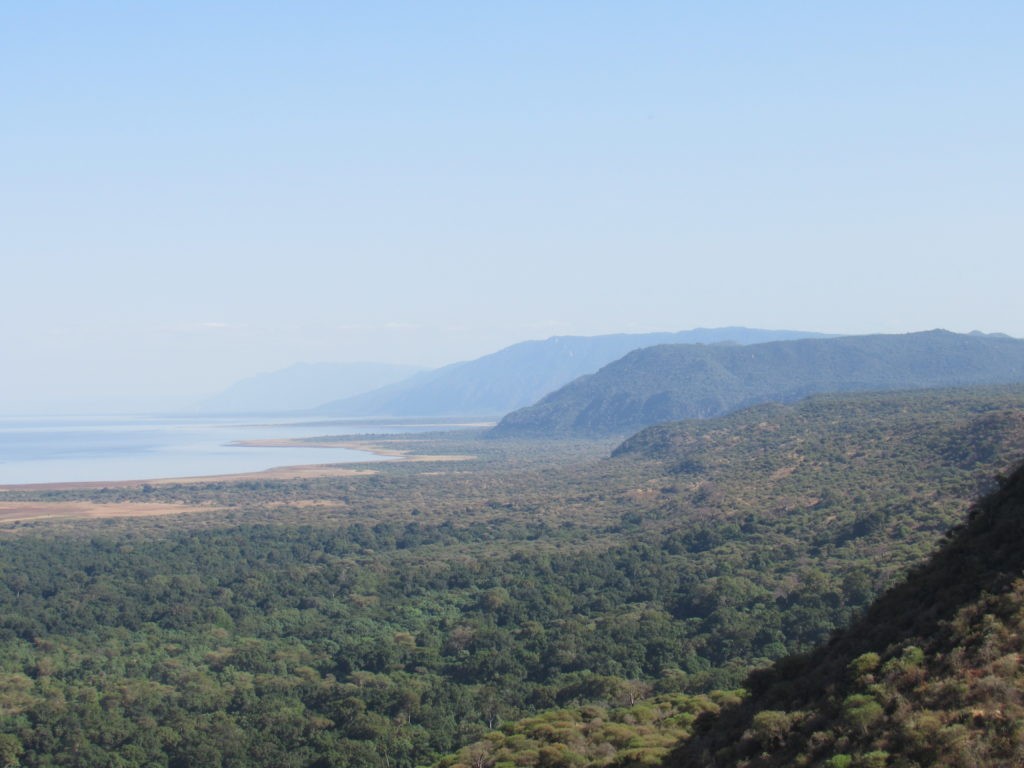
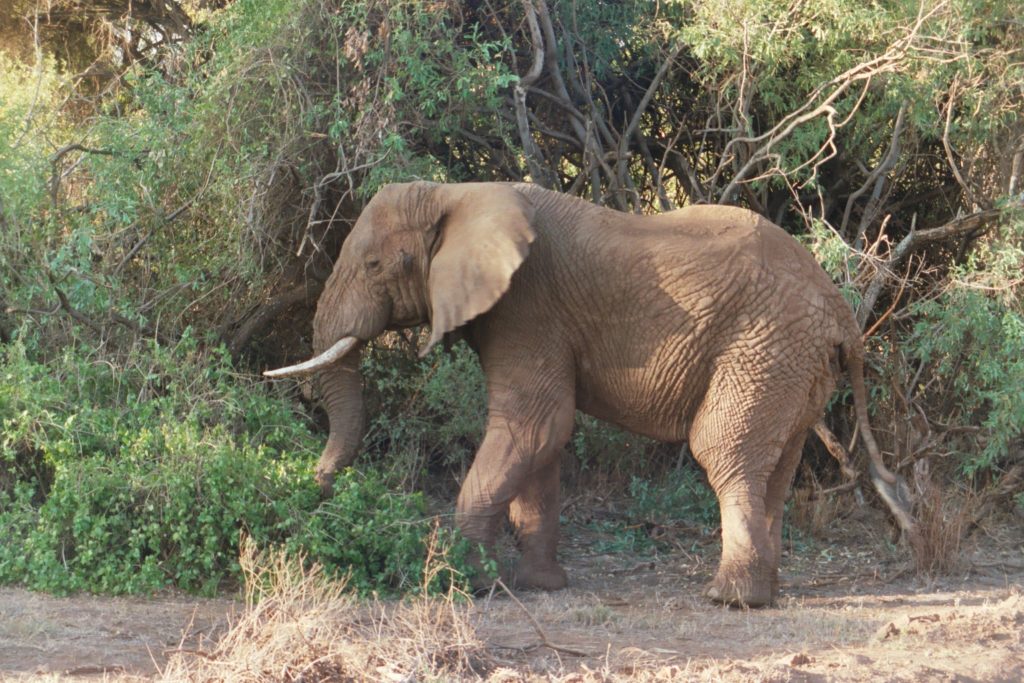
(© Fafa)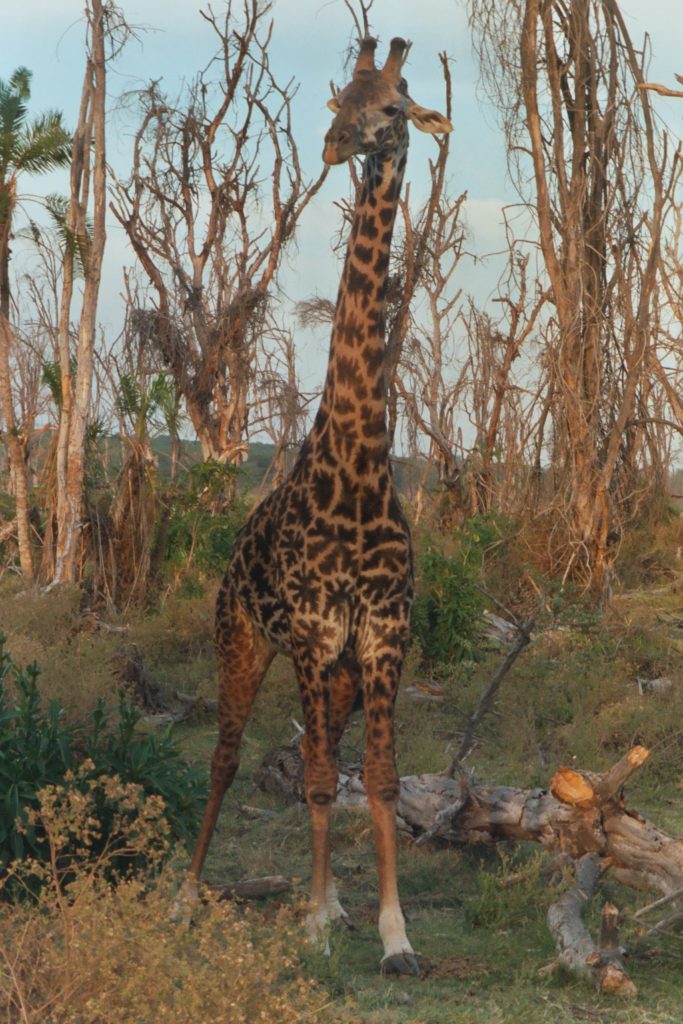
(© C. Gremion)
In June, hundred thousands of yellow-bill storks and pelicans make their nests in the big trees of the park
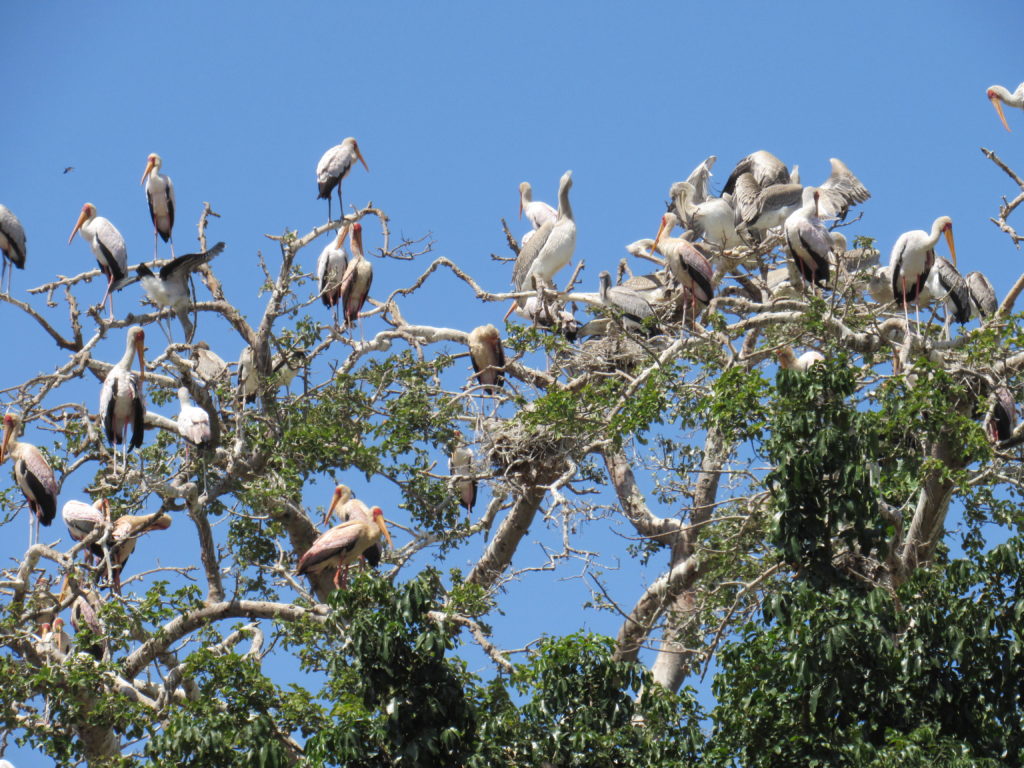
(© Fafa)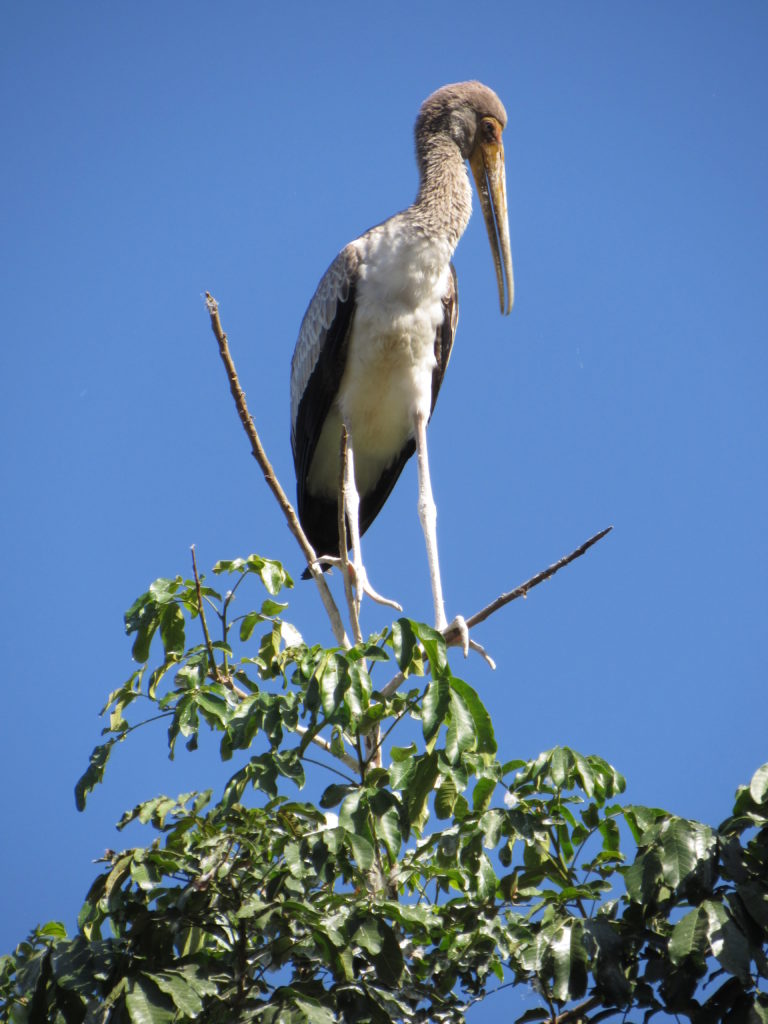
(© Fafa)